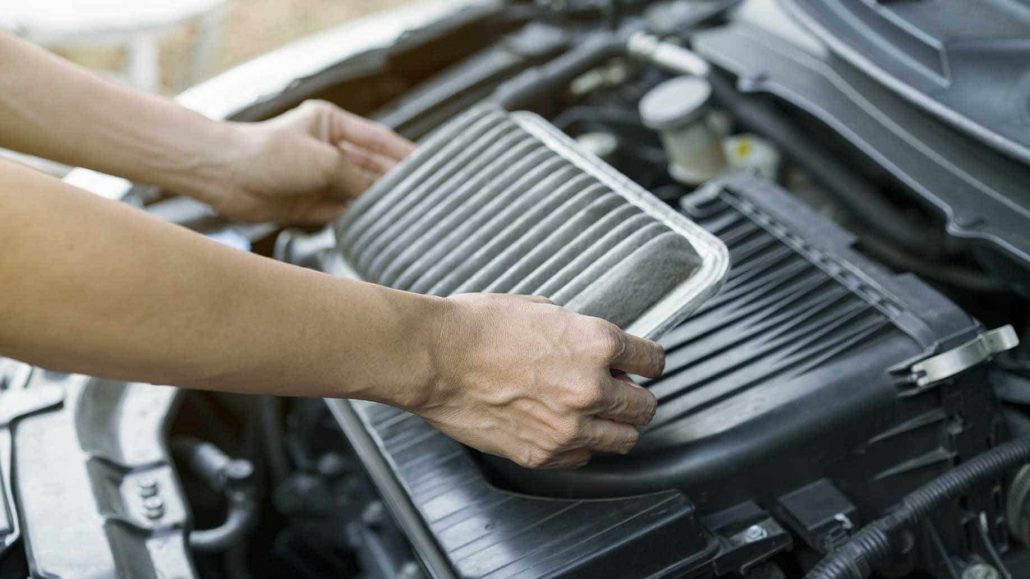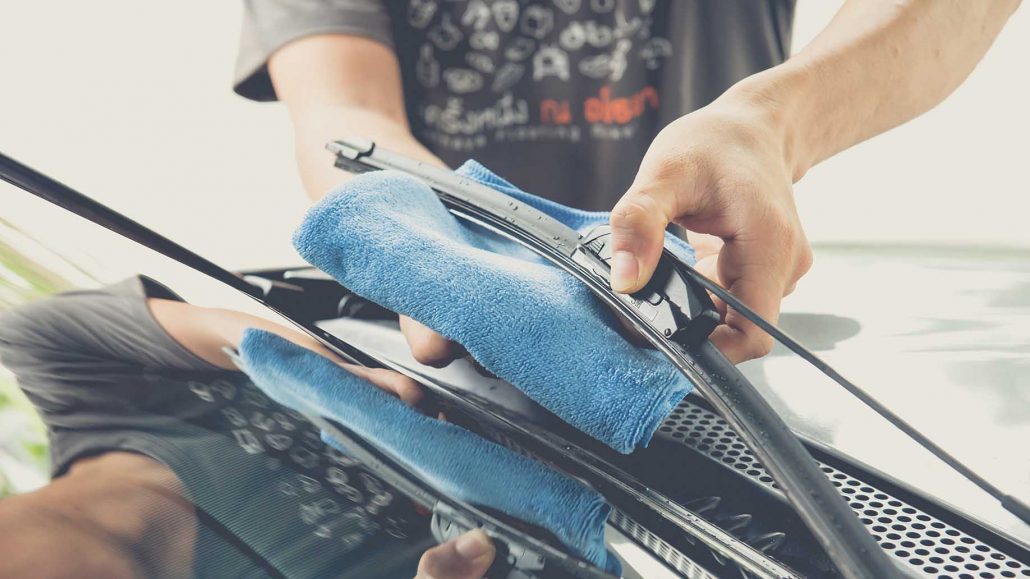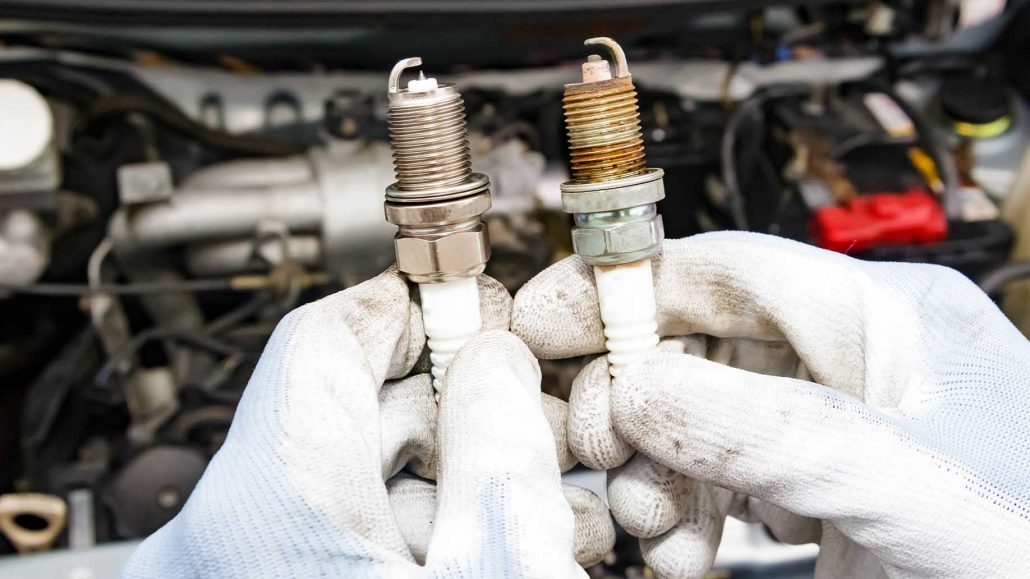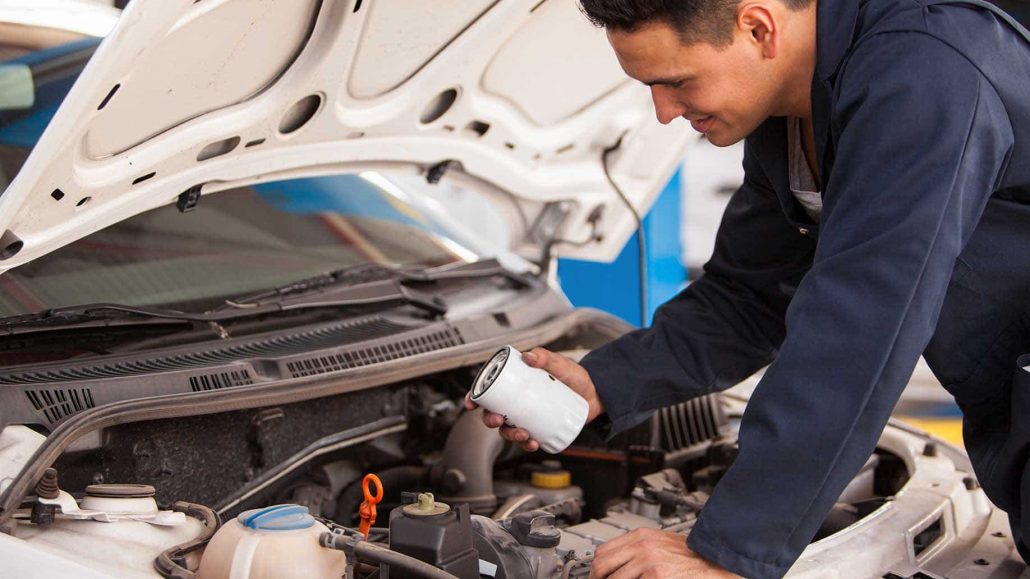IN TRYING to live a more frugal life, I’m getting better at handling projects that I used to pay professionals to do. In addition to home improvement projects, I’ve learned that I can save plenty by taking on some auto repairs and maintenance jobs myself.
Trust me, I’m not an auto expert. I’m not even very mechanically inclined. But I’ve found the kinds of repairs that just about anyone can handle quickly and easily, with minimal expenses.
I’ve decided to hold on to my car rather than sell it, so by taking care of these repairs, I’ve saved quite a bit of dough over the past several years.
- Air filter
You need a new air filter for your car every 12 months or 12,000 miles, whichever comes first. You can pay a mechanic and give up your car for a day, or you can replace your air filter at home in about ten minutes.
First, find your filter under the hood of your car. It’s in a black rectangular box with metal clips on the side. Check your owner’s manual if you don’t see it as soon as you pop the hood.
Open up the casing, and check out how the air filter fits inside it. Make a note of which way the filter faces.
Remove the old air filter, and insert the new one exactly how the old one sat.
Remember to close the metal clips when you’re done.
That’s it. For extra savings in the long run, you can extend the life of your new air filter by hitting it with some compressed air to clear out any debris.
- Windshield wipers
I laugh when I visit my local auto parts store and see that they’re having a sale on wiper blades, offering free installation. The free installation only applies if I buy the most expensive blades in the store, so I started changing them on my own. You’ll need new wiper blades after about six months or a year of use. You probably tend to go a little longer before asking your mechanic to change them, but you shouldn’t deal with the danger of streaking while you put off an inconvenient trip to the auto shop.
Wiper blade setup differs quite a bit from car to car, so you may have to follow a few different steps according to your owner’s manual. Basically, the process is similar to changing your air filter:
Lift the blades, as if you were washing your windshield by hand, and remove the old blades.
Pay attention to how the old blades connect to the metal arms.
On most models, you’ll see a tab on the underside of the wiper. Push the tab to remove the old blade.
Attach the new blades, being careful not to bend the wiper arms or scratch your windshield. Line everything up and make sure the new ones are secure and tight.
If you get distracted or just can’t remember exactly how the new blades should fit on the wiper arm, don’t worry. The packaging for the new blades should have a general set of instructions and a helpful diagram.
- Spark plugs
Most spark plugs need replacing after about 30,000 miles, but check your owner’s manual to see if your vehicle is any different. While changing spark plugs might sound like intense work, it’s a pretty simple process. You just need to set aside some time and exercise patience. Don’t rush, because you need to install the replacements in a specific order.
You should be able to locate your spark plugs fairly easily, because they’re attached to thick rubbery wires.
You’ll find either four, six, or eight plugs, depending on how many cylinders your car has.
Remove the wire to the first spark plug only. Do not remove all of the wires at once. Your spark plugs are installed in a certain order, which you need to maintain.
Use your spark plug socket and extension on your ratchet to remove the first spark plug.
Install the new spark plug, screwing it in by hand at first and then tightening it with a wrench for a snug fit. Do not over-tighten. Re-attach the spark plug wire.
Repeat these steps for each spark plug, one at a time. If you buy the right plugs, you won’t have to worry about “gapping” the plugs, because they’ll come pre-gapped.
- Oil and oil filter
Experts say you should change your oil every 3,000 miles, but with better products and cars operating more efficiently, I think you can get away with changing it every 5,000 miles. Whichever benchmark you decide to use, you can save time and money by handling the change yourself. Before you start, keep in mind these precautions.
Never change your oil when your engine is hot. Park, wait for it to cool, and then get started. Driving around the block to heat the car and loosen the oil can result in a more effective drain, which is good news, but you must let the engine cool before going to work.
You’ll have to jack up your car, so make sure you’re comfortable safely handling a jack. Now that you’ve covered safety first, it’s time to get a little dirty.
Get under your car and locate the vehicle’s oil pan. It shouldn’t be hard to find. Unscrew the drain plug and drain all of the old oil into your oil pan. Once all of the oil is drained, replace the drain plug.
Go back to your engine and remove the old oil filter with your oil filter wrench. (Be careful, because the oil filter contains some old oil as well). Lubricate the rubber gasket on the new oil filter with some new motor oil. Fill the new oil filter about two-thirds of the way with new oil. Screw in the new oil filter. Hand-tighten it only. Fill the engine with new oil, using your funnel.
With a dip-stick, double check your oil level to be sure you’ve added enough. Discard the old oil filter and recycle the old oil (most gas stations will take it). Changing your oil is the dirtiest job on the list, but it might be the most rewarding too. Though you can find plenty of quick-service stations nearby, when you think about going possibly four times a year, the expense and time commitment adds up.
- Battery maintenance

The key to keeping your car running smoothly and efficiently is a good battery connection. Just a few specks of crunchy white residue on the posts can keep your car from starting. A simple visual check of the condition of your battery will tell you when you need to perform this process.
Remove your battery terminals, which should be a fairly straightforward process. Make sure you always remove the negative cable first. If they’re stuck, use a flathead screwdriver to pry them loose.
Clean the posts. Some say Coca-Cola will work, and it does, but I suggest using a more professional product from your local auto parts store. Keep in mind that most of these solutions are nothing more than baking soda and water, so if you’re feeling extremely frugal, feel free to create your own cleaner. Generously apply the fluid to the posts, and clean vigorously with your wire brush.
Rinse the cleaning fluid with a little water.
Dry the posts with rags.
Replace battery terminals.
A dead battery can be one of the most frustrating car problems, because it’s usually so simple to avoid the trouble. Especially if you’ve had the same battery for a few years, pop your hood every few months and take a look at the battery to see if it needs a simple cleaning. (By David Blake for Money Crashers/PN)



